Did you know that the exercises you do during pregnancy can do more than just strengthen your body—they can actually help nurture your baby’s developing brain? Recent research suggests that regular, moderate physical activity boosts blood flow, oxygen delivery, and the release of neurotrophic factors, all of which contribute to your baby’s neural growth. Ready to discover seven safe, pregnancy‑approved moves that might just give your little one an early head start in brain development? Let’s dive in!
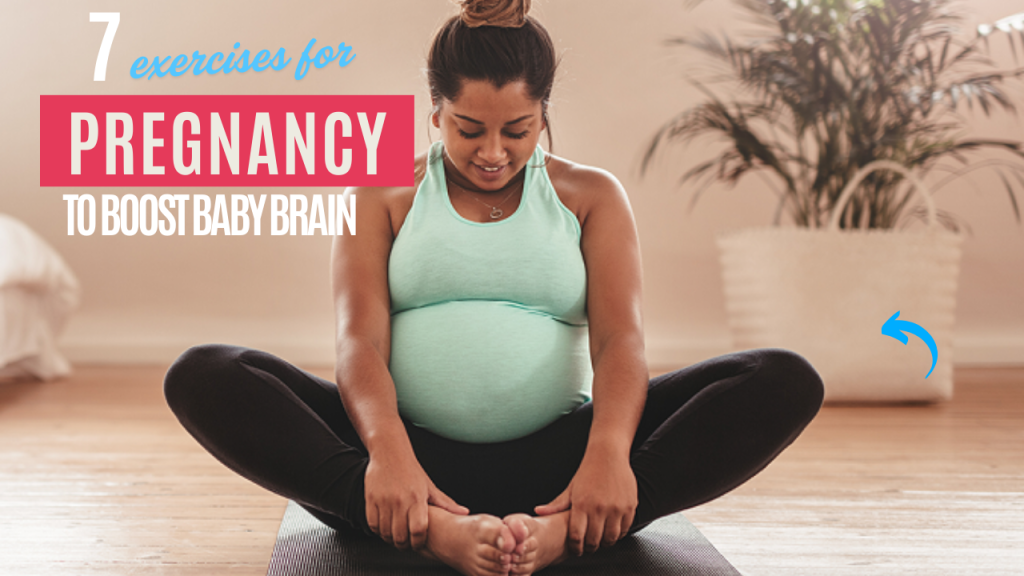
Dos and Don’ts of Pregnancy Exercises
| Dos | Don’ts |
|---|---|
| Do consult your healthcare provider before starting. | Don’t begin high‑intensity workouts without approval. |
| Do choose low‑impact, pregnancy‑safe activities. | Don’t lie flat on your back after the first trimester. |
| Do stay hydrated before, during, and after workouts. | Don’t hold your breath during exercises (avoid Valsalva). |
| Do listen to your body and modify intensity as needed. | Don’t ignore sharp or persistent pain—stop immediately. |
| Do wear supportive footwear and clothing. | Don’t participate in contact or high‑fall‑risk sports. |
| Do incorporate rest and gentle stretching afterward. | Don’t overexert—prioritize consistency over intensity. |
| Do maintain good posture during movements. | Don’t skip warm‑ups and cool‑downs before and after workouts. |
1. Brisk Walking

Why it helps: A brisk, 20–30 minute walk daily increases maternal cardiovascular fitness, improving oxygen and nutrient delivery to the placenta. Enhanced placental function supports fetal brain cell proliferation.
Do you know?
Babies exposed to regular maternal aerobic exercise in utero show improved motor coordination and attention span after birth.
How to do it safely:
- Keep a comfortable pace—enough to raise your heart rate but still allow conversation.
- Wear supportive shoes and choose even terrain.
- Aim for 4–5 days per week.
2. Pelvic Tilts (Cat–Cow)

Why it helps: This gentle movement improves spinal flexibility and strengthens core muscles, reducing low‑back pain. A relaxed, well‑aligned spine helps you maintain proper posture, facilitating optimal blood flow to your uterus and thus to your baby’s brain.
Step-by‑step:
- Position on hands and knees, shoulders over wrists, hips over knees.
- Inhale: dip your belly toward the floor (cow).
- Exhale: round your back upward (cat).
- Repeat 10–15 times, 1–2 sets daily.
3. Prenatal Yoga (Modified Warrior II)
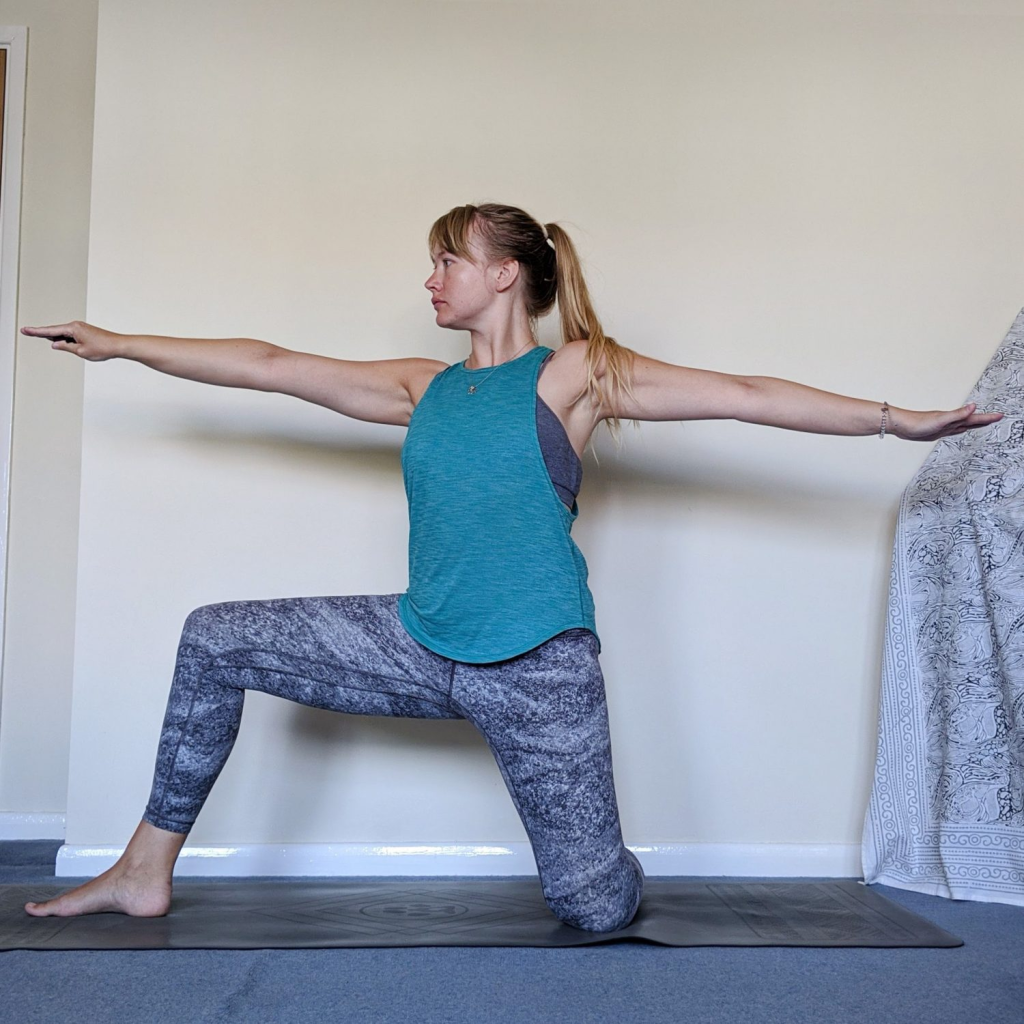
Why it helps: Prenatal yoga combines strength, flexibility, and mindfulness. Poses like Warrior II open the hips and chest, promoting deep breathing that increases maternal oxygen levels—critical for fetal brain development.
Mythbuster:
“Yoga during pregnancy is risky.”
When modified and led by a certified instructor, prenatal yoga is one of the safest exercise forms for moms‑to‑be.
Practice tips:
- Use blocks or a chair for support.
- Hold each pose for 3–5 breaths.
- Incorporate gentle neck and shoulder stretches to relieve tension.
4. Swimming (Gentle Laps)
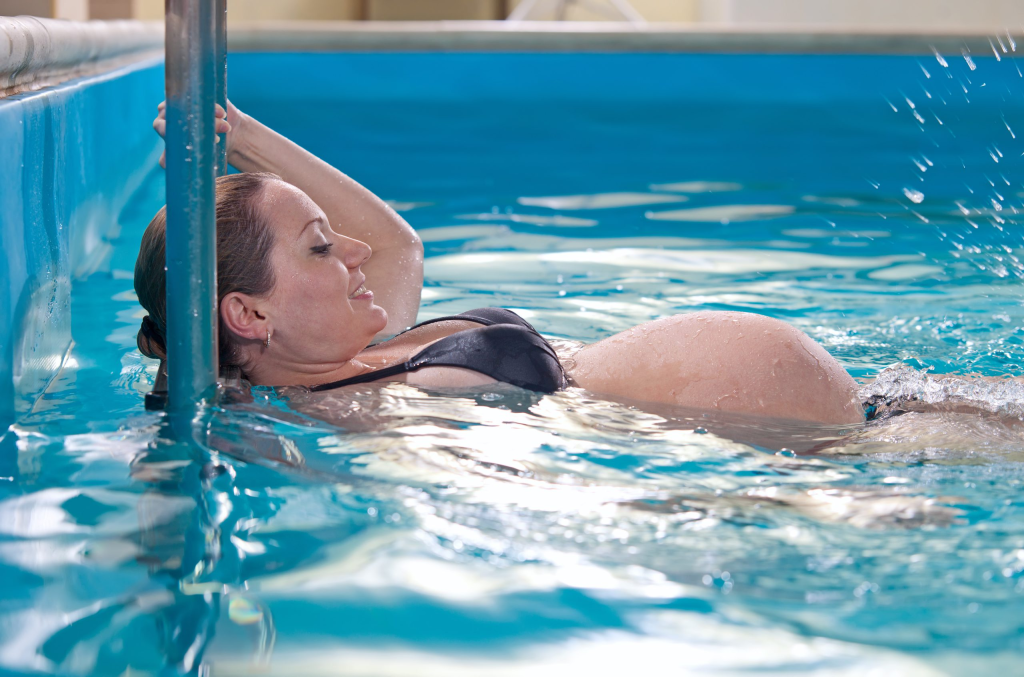
Why it helps: Swimming provides a full‑body, low‑impact workout. The buoyancy reduces joint stress while encouraging rhythmic breathing. Improved lung capacity and circulation mean more oxygen reaches the fetus.
How to maximize benefits:
- Swim at a moderate pace for 20–30 minutes.
- Mix strokes—freestyle, backstroke—to engage different muscle groups.
- Always warm up with gentle kicks and arm circles.
5. Squats (Supported)
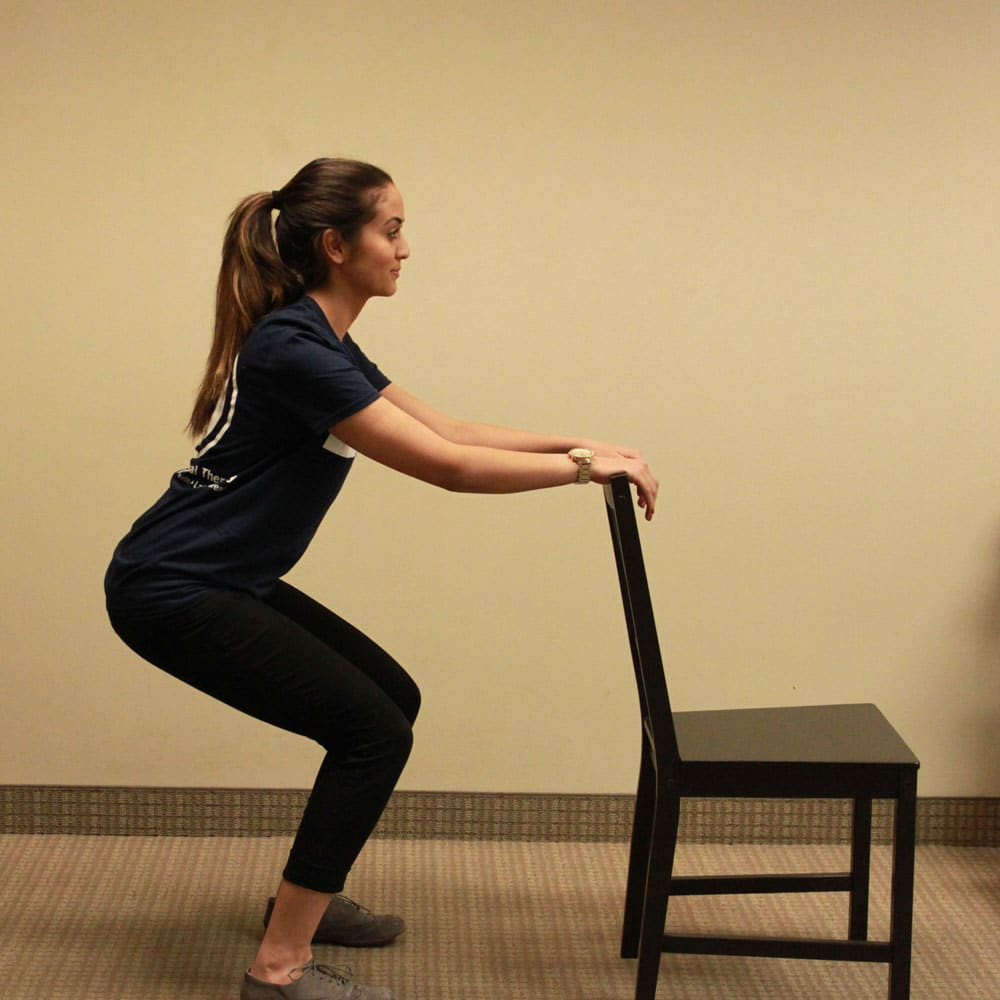
Why it helps: Squats strengthen the legs, glutes, and pelvic floor. A strong pelvic floor supports proper uterine positioning, which can enhance uterine blood flow and nutrient exchange for brain‑building compounds.
Form cues:
- Stand with feet hip‑width apart, toes slightly turned out.
- Hold onto the back of a chair or countertop for balance.
- Lower your hips as if sitting back into a chair—keep knees over ankles.
- Rise back up with core engaged.
- Perform 2 sets of 10–12 reps, 3 times a week.
6. Kegel Exercises
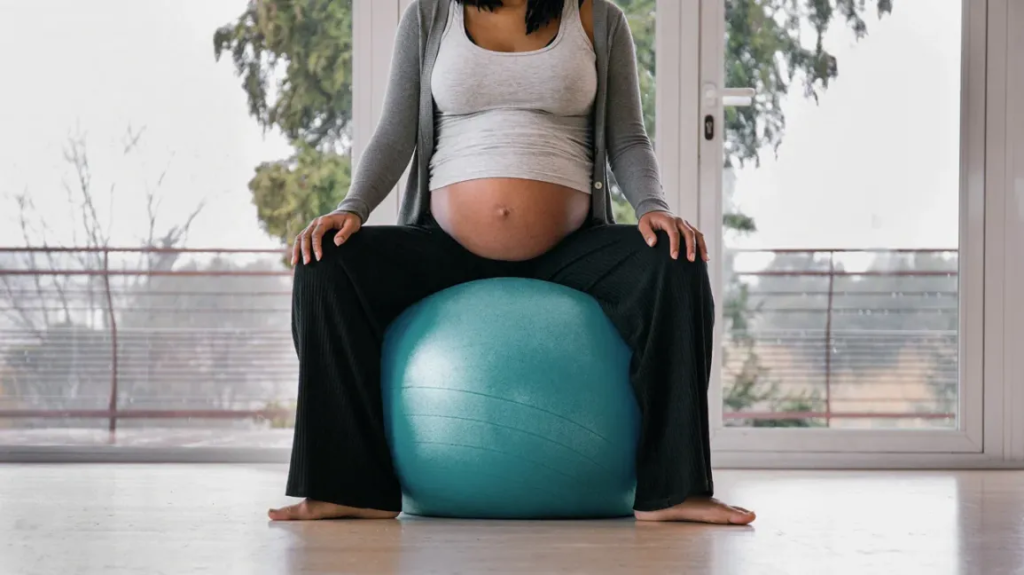
Why it helps: Beyond preventing urinary incontinence, Kegels improve pelvic floor tone and circulation in the lower abdomen. Better circulation supports nutrient delivery to the placenta, aiding neural development.
Quick guide:
- Identify the pelvic floor muscles by stopping urine mid‑stream (do this only to find the muscles, not regularly).
- Contract and hold for 5 seconds, then release for 5 seconds.
- Repeat 10–15 times, three times daily.
7. Prenatal Pilates (Core‑Stability Focus)
Why it helps: Pilates emphasizes core strength, which supports posture and back health. A stable core allows you to carry your baby more comfortably, promoting steady circulation and reducing stress hormones—both beneficial for fetal brain growth.
Beginner flow:
- Pelvic Curl: Lying on your back with knees bent, lift hips into a bridge, one vertebra at a time.
- Leg Slides: On your back, knees bent, slide one heel away and back, keeping core braced.
- Arm Reaches: Seated tall, extend arms overhead and lateral bends, engaging obliques gently.
Perform each move for 8–10 reps, 1–2 sets, 3 times per week.
Bringing It All Together
Incorporating these seven exercises into your prenatal routine supports not only your physical well‑being but also your baby’s neural development. Remember to:
- Consult your healthcare provider before starting or modifying any exercise regimen.
- Listen to your body—modify intensity based on comfort and trimester.
- Stay hydrated and rest when needed.
By moving mindfully and consistently, you’re nurturing a healthy environment for your baby’s brain to flourish—one step, tilt, and stretch at a time.
Conclusion
In conclusion, your journey through pregnancy is an opportunity to lay the groundwork for your baby’s lifelong cognitive health. By incorporating gentle, safe exercises—like brisk walking, pelvic tilts, and prenatal yoga—you not only strengthen and support your changing body but also enhance blood flow, oxygen delivery, and the release of neurotrophic factors that nurture fetal brain development.
Whether you’re kicking back in the pool, engaging your core with Pilates, or practicing mindful breathing in Warrior II, each movement contributes to creating an optimal environment for your baby’s neural growth. Always consult your healthcare provider, listen to your body’s signals, and prioritize consistency over intensity. With every step, stretch, and squeeze, you’re actively boosting your baby’s brainpower—one thoughtful workout at a time.
Note: This content is for informational purposes and should complement medical advice from your healthcare professional.
Frequently Asked Questions (FAQs)
Is it safe to exercise during all trimesters of pregnancy?
Yes—most women can safely continue or start light to moderate exercise throughout all three trimesters, provided there are no medical contraindications. Always get approval from your healthcare provider before beginning or modifying your routine.
How often should I perform these exercises each week?
Aim for at least 3–5 days per week of combined aerobic and strength/mind–body exercises, with each session lasting 20–30 minutes. Adjust frequency and duration based on your comfort, energy levels, and trimester.
Can prenatal exercise really influence my baby’s brain development?
Research indicates that maternal physical activity enhances placental function, oxygen delivery, and production of brain‑supporting growth factors—all of which contribute to healthier neural development in utero.
What if I experience discomfort or pain during these workouts?
Discomfort is common, but sharp or persistent pain is a red flag. Slow down, reduce range of motion, or switch to gentler movements. If pain continues, stop exercising and consult your healthcare provider.
Are there any exercises I should avoid while pregnant?
Avoid high‑impact activities, exercises lying flat on your back after the first trimester, heavy weightlifting without proper guidance, and sports with a high risk of falling or abdominal trauma.
How can I stay motivated to exercise throughout my pregnancy?
Partner up with a friend or join a prenatal fitness class, set realistic goals, track your progress, and celebrate small milestones. Listening to music or following guided prenatal workouts can also make exercising more enjoyable.
When is the best time to exercise during the day?
Choose a time when you feel most energetic and can dedicate 20–30 minutes without interruption. Many women prefer mornings to jumpstart their day, but afternoon or early evening sessions work just as well. Just be sure to avoid intense workouts close to bedtime if they interfere with sleep.






Good
Very good